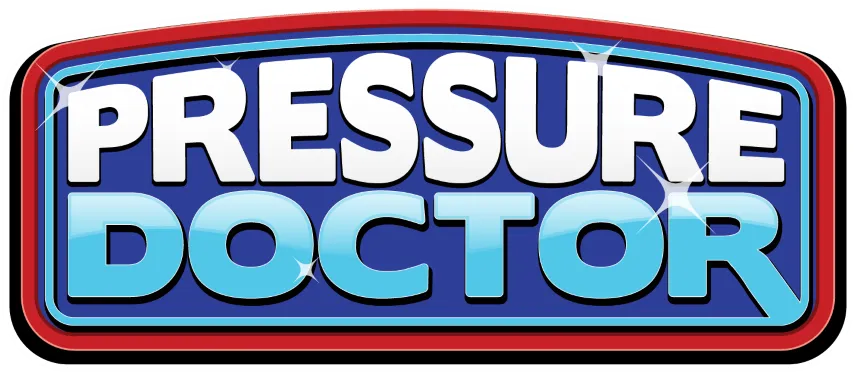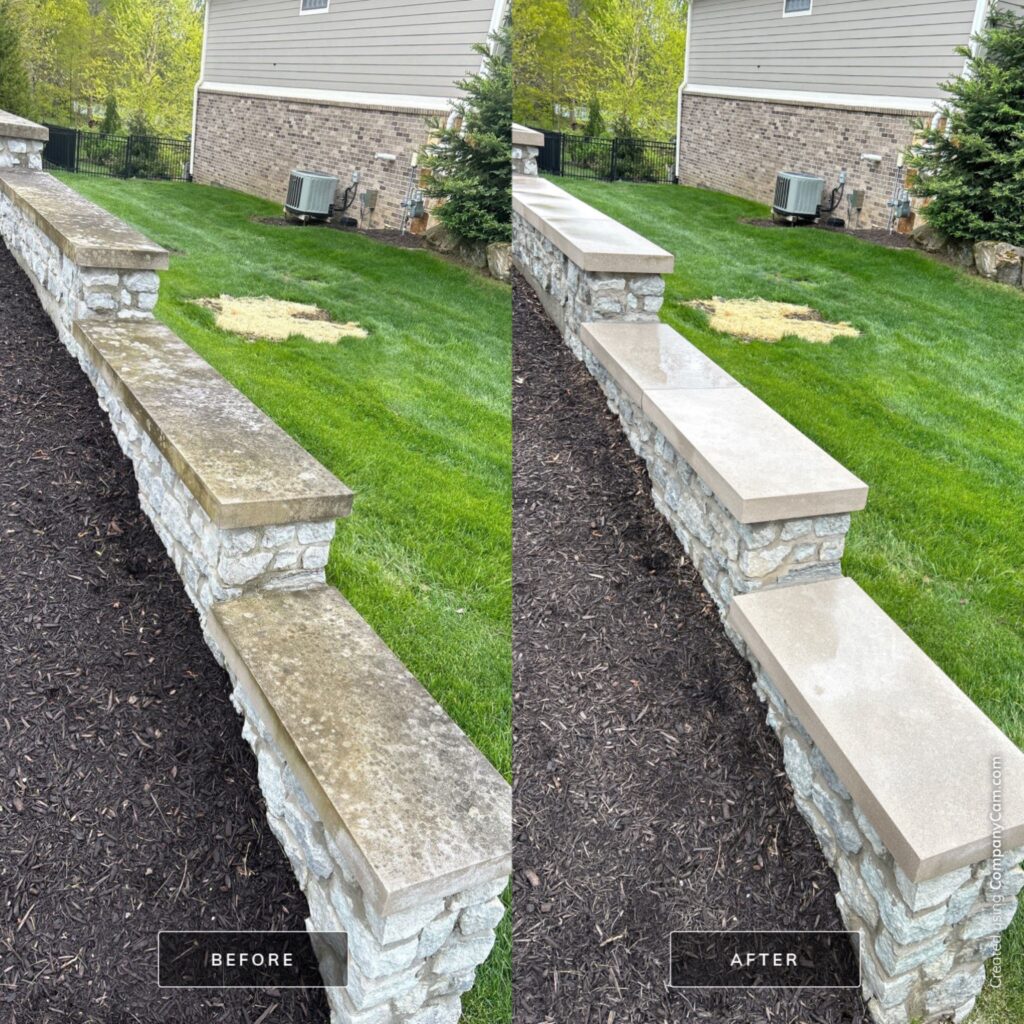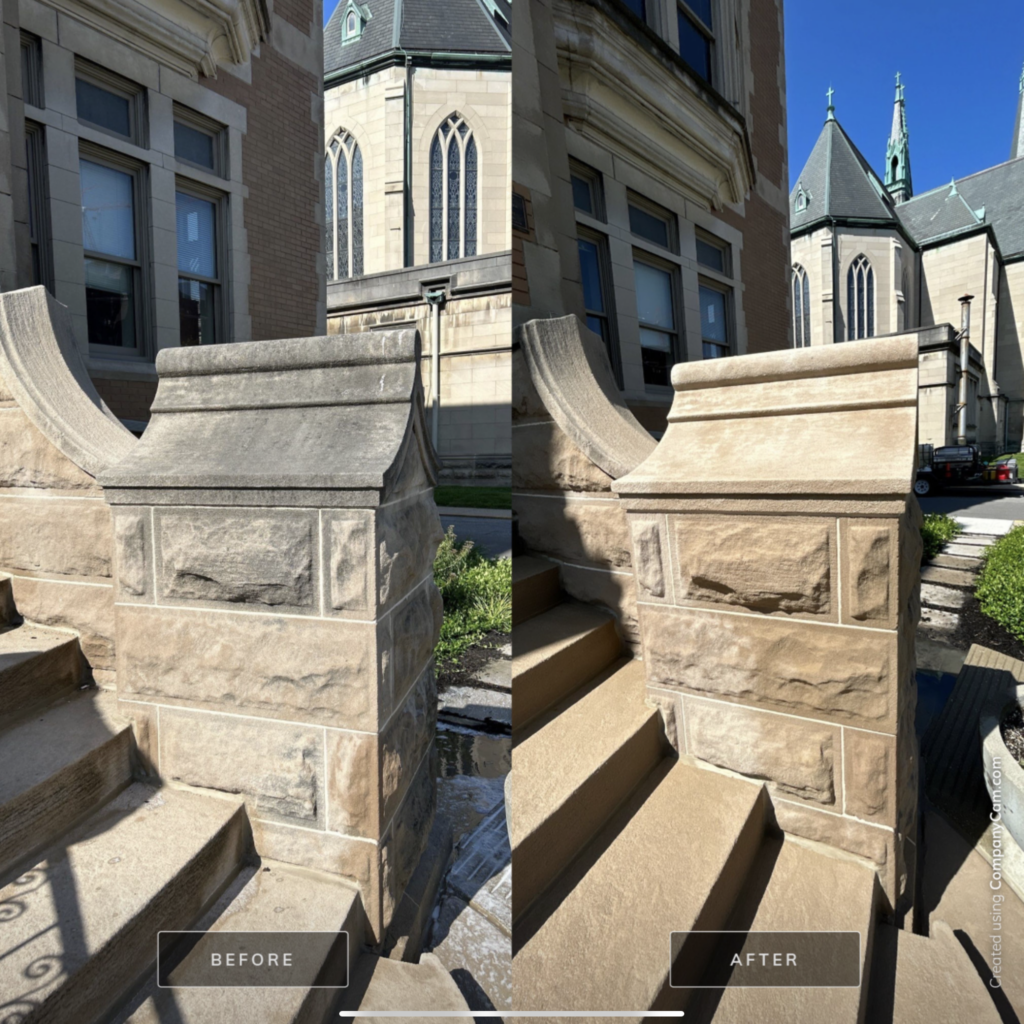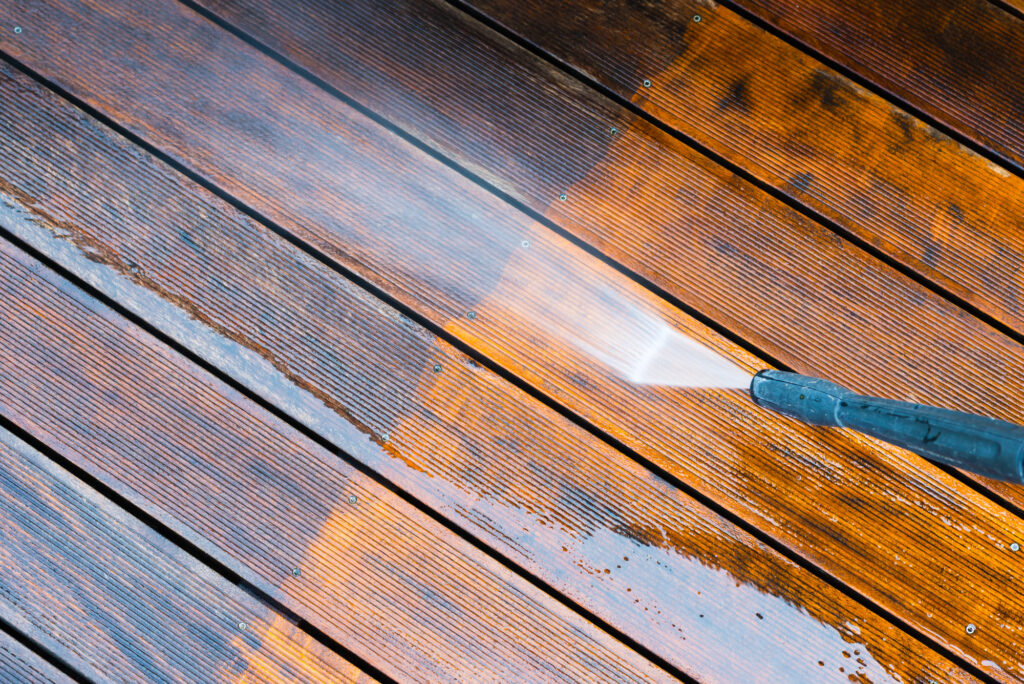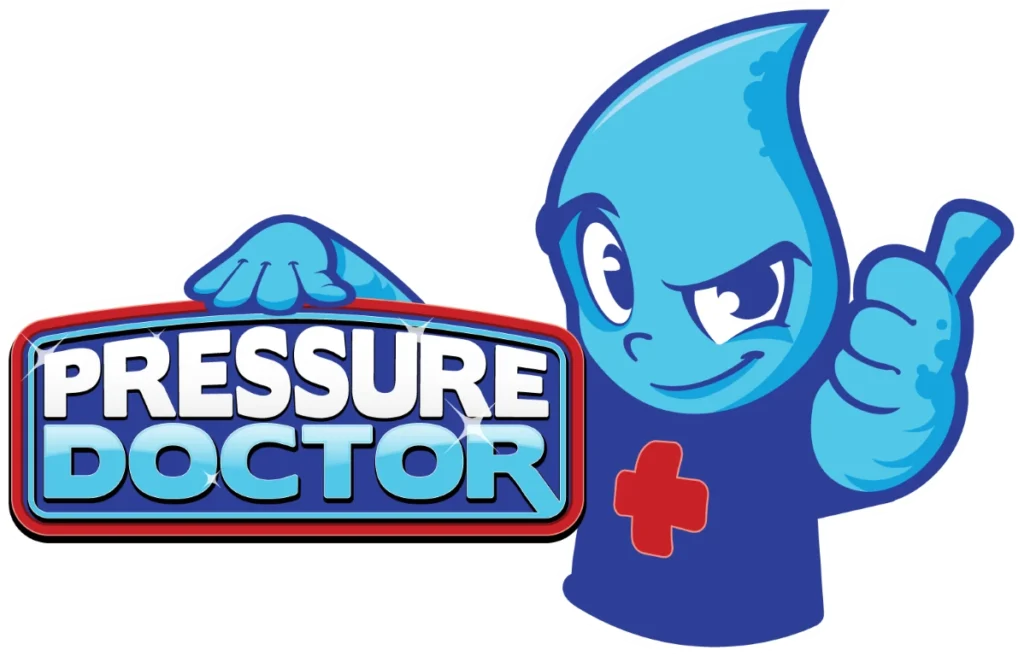
Maintaining the exterior of high-rise buildings has always posed a challenge. Traditional methods, such as scaffolding and rope-access cleaning, can be time-consuming, labor-intensive, and pose significant safety risks. Fortunately, the advancement of drone technology has transformed the industry, making pressure-washing high-rise buildings more efficient, cost-effective, and safer than ever before.
The Rise of Drone-Based Pressure Washing
Many pressure-washing companies now use drones equipped with high-pressure washing systems to clean the exteriors of skyscrapers, office buildings, and residential towers. These drones can navigate hard-to-reach areas, eliminating the need for human cleaners to dangle from great heights. With advancements in stabilization technology and precise water flow control, drones provide consistent and thorough cleaning.
How It Works
Drone-based pressure washing involves equipping an industrial-grade drone with a high-powered nozzle and a water supply system. Operators control the drone remotely, maneuvering it around the building’s façade. Some systems connect the drone to a ground-based pump so it has a continuous water supply, while others use onboard water tanks, which work well for smaller jobs.
Advanced drone models feature AI and GPS technology, enabling precise positioning and automation for a thorough and efficient clean. Additionally, some drones come with built-in cameras and sensors to assess the level of dirt and grime, optimizing cleaning intensity as needed.
Drones may also utilize soft-washing to thoroughly clean hard-to-reach areas. This low-pressure washing and specialized cleaning solution easily removes grime and dirt, saving you money and labor.
Benefits of Using Drones for Pressure Washing
Enhanced Safety — Traditional high-rise cleaning involved workers using scaffolding or hanging from harnesses, exposing them to hazards and the risk of falls or accidents. Drone cleaning eliminates these risks by letting workers control the cleaning process remotely.
Increased Efficiency — Traditional high-rise cleaning can take about 30 days to complete. Drones can do it in a fraction of the time due to their high-powered nozzles and brushes and their ability to clean with precision and speed.
Cost Savings — Drone cleaning can save you money in the long run by eliminating labor costs, insurance, and expensive scaffolding or lift rentals. Additionally, the drone’s precise cleaning results in a more thorough job, reducing how often you need to get your windows cleaned
Eco-Friendly Options — Many drone-based cleaning solutions use water-efficient systems and biodegradable detergents to reduce environmental impact. Drones are also energy-efficient, reducing your carbon footprint compared to traditional methods.
Access to Difficult Areas — Drones can reach difficult spots, such as narrow spaces, complex faces, or higher floors, that could be challenging or dangerous for human workers, ensuring a more comprehensive cleaning.
Minimal Disruption — Unlike traditional cleaning, which involves scaffolding or large machinery, drones operate with minimal interference to building occupants and pedestrians. They are quieter and quicker, allowing businesses to operate normally during cleaning.
Industries Benefiting from Drone Pressure Washing
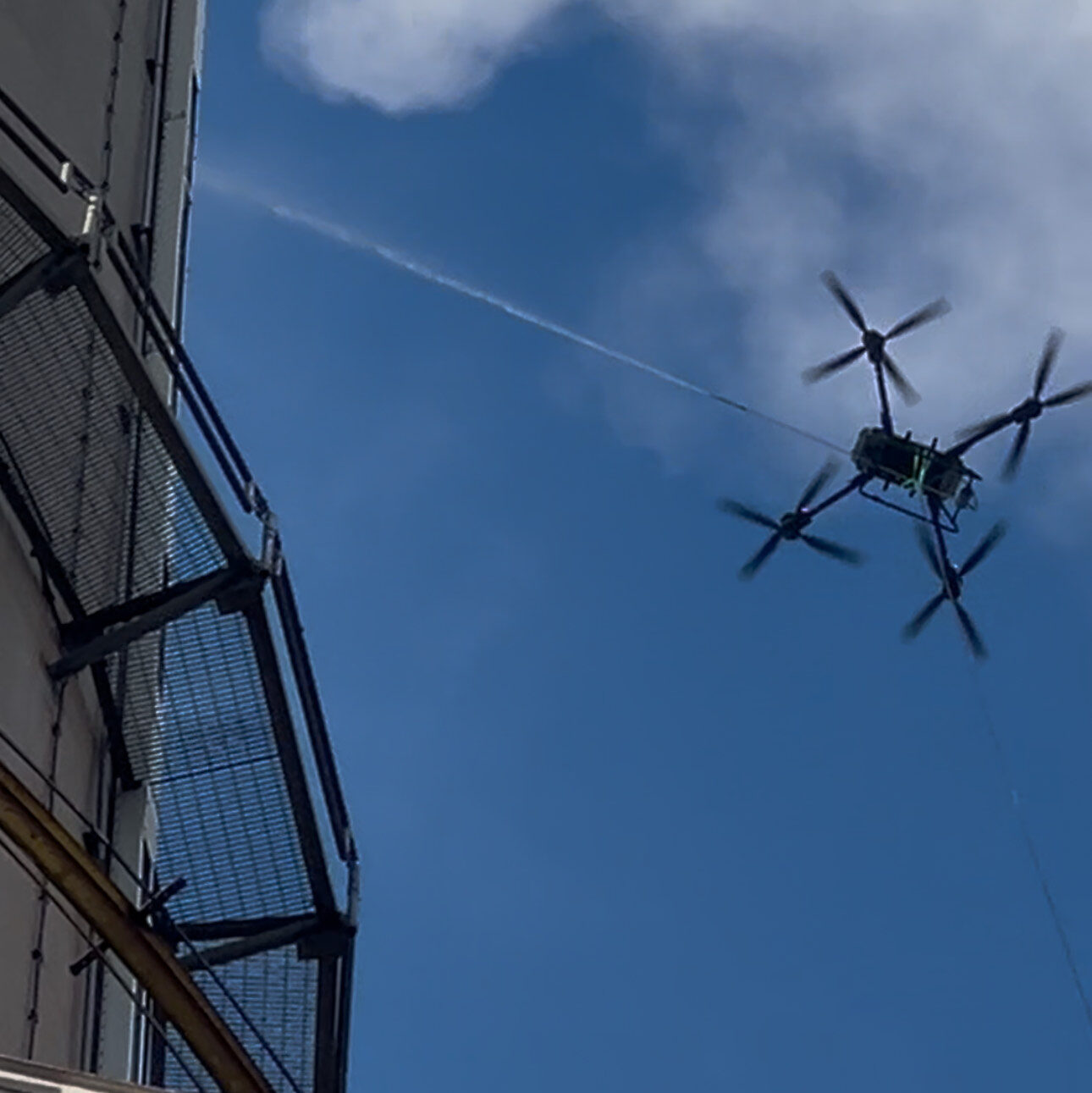
Commercial Real Estate — Keeping office buildings and skyscrapers clean enhances curb appeal and maintains property value.
Hospitality — Hotels and resorts use drones to maintain their facades, ensuring a pristine appearance for guests.
Residential High-Rises — Condominium and apartment complexes benefit from safer and more cost-effective exterior maintenance.
Industrial Facilities — Drone washing helps maintain hygiene and safety regulations for factories, warehouses, and hospitals effectively and quickly.
Historic Buildings & Monuments — Drones provide a non-invasive cleaning solution and soft-washing techniques for delicate structures that require precision and care.
Disadvantages of Pressure Washing with Drones
While drone-based pressure washing offers many benefits, there are also some challenges to consider:
Limited Water Capacity — Drones with onboard water tanks have a restricted supply, requiring frequent refills for larger projects.
Weather Dependence — Strong winds, rain, and extreme temperatures can affect drone stability and limit when you can clean.
Regulatory Restrictions — Some cities may have strict regulations on drone usage, which may require getting special permits or approvals for commercial cleaning operations.
Training and Expertise — Operating a pressure washing drone requires skilled professionals to ensure safety, efficiency, and compliance with regulations.
The Future of Drone-Based Cleaning
As drone technology continues to advance, we could see even more sophisticated cleaning solutions. Future developments may include automated scheduling, AI-powered dirt detection, and integration with building maintenance systems for seamless operation. With growing adoption, drone-based pressure washing may become the standard for high-rise building maintenance.
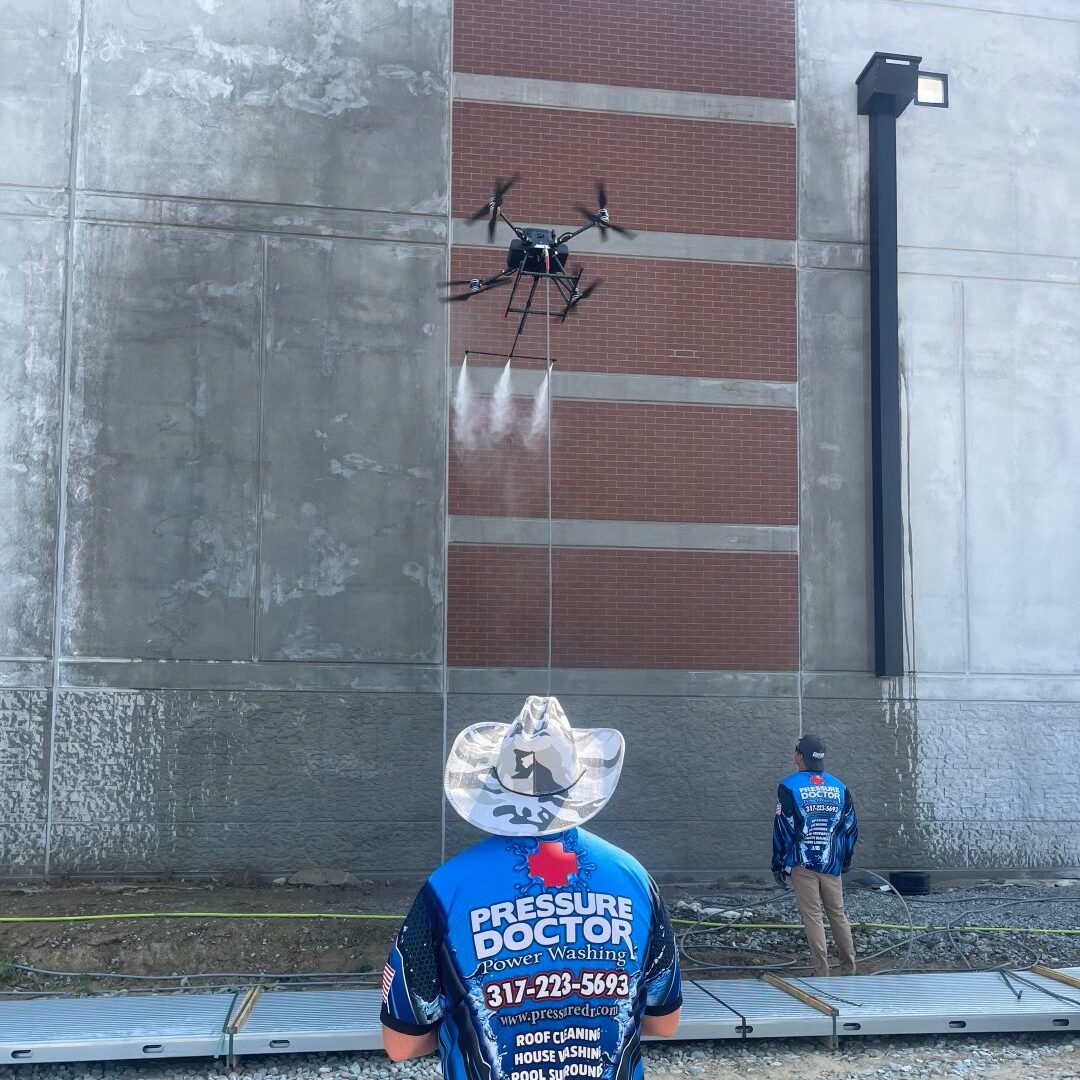
Additionally, innovations such as water recycling systems and robotic-assisted cleaning arms are being explored to enhance the efficiency and sustainability of drone-based washing. Some companies are even developing multi-function drones capable of performing both pressure washing and facade inspections simultaneously.
Clean High-Rise Buildings Better With Drones
Drone pressure washing is safer, faster, and more efficient and allows property managers, building owners, and maintenance companies to keep their high-rise exteriors spotless. The advancement of drone technology will continue to revolutionize cleaning, benefiting customers and businesses alike.

